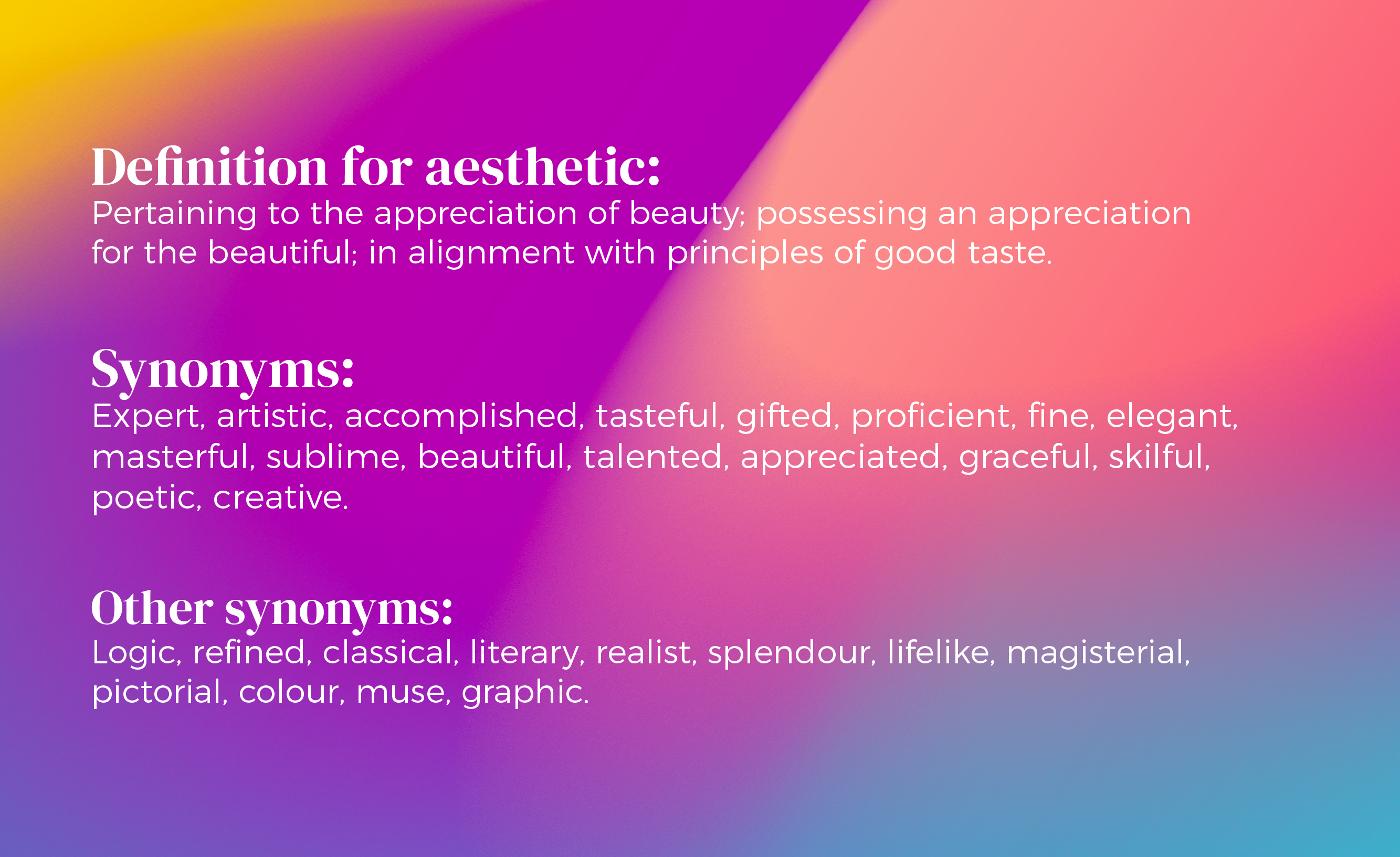In the ever-evolving landscape of design, the concept of taste has garnered significant attention. While some individuals inherently possess a keen sense of aesthetics, often referred to as having "an inner eye," this does not imply that taste is an innate trait exclusive to a select few. On the contrary, experts argue that taste can be cultivated, enhanced, and refined through a myriad of experiences.
Dr. Emily Smith, a renowned cultural anthropologist, suggests that taste is a multifaceted construct influenced by an individual's exposure to diverse cultural experiences, educational background, and consistent engagement with various forms of art and design. "Taste is not static; it's a dynamic interplay of experience, education, and cultural exposure," she explains. This perspective aligns with the notion that while some may have an instinctual grasp of aesthetics, others can develop a refined sense of taste through deliberate learning and exposure.
The design world is currently at a crossroads, grappling with the implications of rapidly advancing technology and the democratisation of design tools. With the advent of AI, templated design platforms, and an abundance of online tutorials, technical skills in design are more accessible than ever. However, this accessibility brings forth a new challenge: the critical need for taste. In a world inundated with design possibilities, taste empowers designers to sift through the vast array of options and create work that is not only unique but resonates on a deeper level with audiences.

Taste transcends the binary of good and bad design; it's about engaging the viewer, fostering a dialogue, and crafting solutions that are both intelligent and empathetic. While subjective, taste often aligns with what is considered universally appealing or enduring. Iconic advertisements, book covers, and websites that withstand the test of time exemplify this notion. Yet, the fluid nature of taste is evident as what is trendy today can quickly become outdated.
The digital era, particularly the rise of smartphones, has significantly influenced cultural tastes. The proliferation of vertical videos, once deemed unconventional, exemplifies how technological advancements can reshape aesthetic preferences. Similarly, the digital realm has broadened the horizons for artists, allowing for the exploration of new mediums and styles that challenge traditional notions of professionalism in art.
This brings us to the role of Generative AI in the context of taste. As AI continues to evolve and become an integral part of the creative process, it raises pertinent questions about the future of taste in design. Can AI develop a sense of taste? And if so, how will this influence human creativity and the value we place on taste?
Dr. Smith posits that while AI can mimic patterns and styles, the human element of taste—rooted in emotion, experience, and cultural context—remains irreplaceable. "AI can replicate and perhaps even innovate, but the depth of human experience and the nuanced understanding of cultural subtleties are what truly define taste," she asserts.
Amidst this backdrop, Fiora's mission: to bridge the gap between execution and taste. Fiora is dedicated to crafting beautiful, functional ideas that not only captivate but also drive business growth. This mission underscores the importance of taste in design—not just for aesthetic appeal but as a strategic tool that enhances utility and effectiveness. As we navigate this new era, the interplay between technology and taste will undoubtedly shape the future of design. While AI offers exciting possibilities, the human capacity for critical thinking, emotional resonance, and cultural awareness remains central to the evolution of taste in the creative realm.
